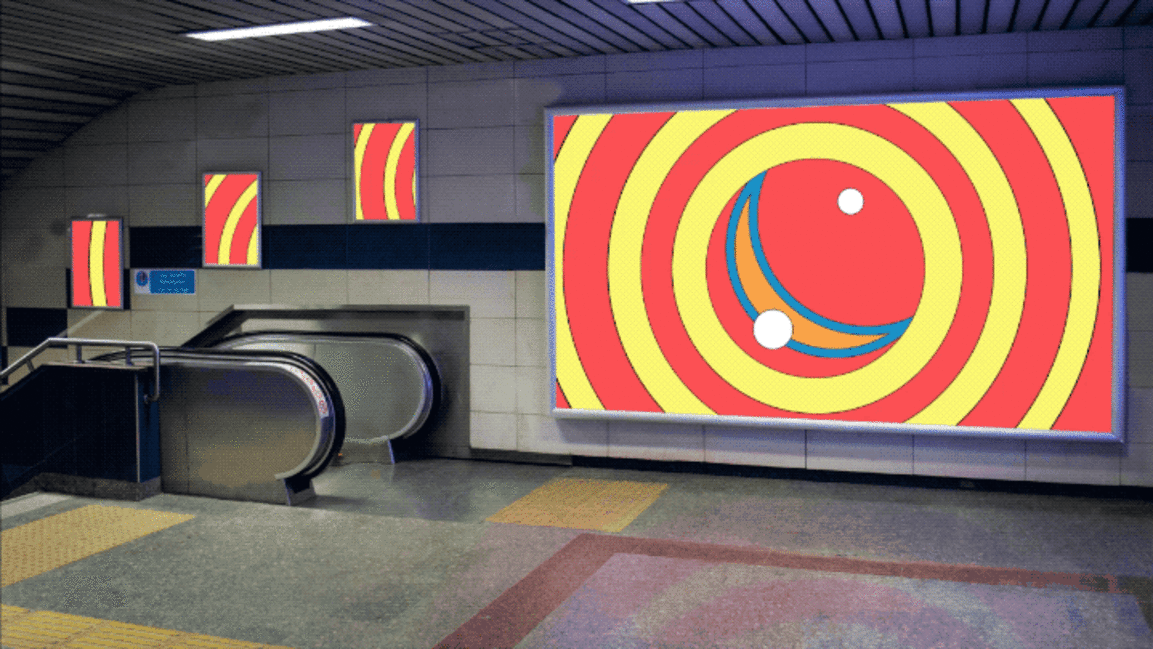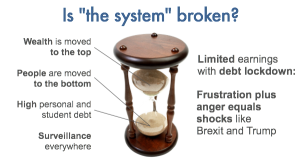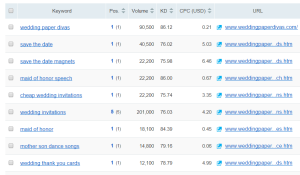
The media landscape is evolving. That Jetsons future we were promised? It’s finally taking shape, sans maybe the flying cars. But even they’re in development.
Digital billboards and moving online interfaces are becoming ubiquitous, as are a myriad of voice technology applications. Animated album covers on streaming platforms are replacing traditional, static covers, while motion logo mnemonics are making 2D identity expressions seem archaic by comparison.
And it’s all for good reason: Sound is the fastest human sense, faster than smell, taste, sight, and even touch. Combine that with the fact that music elicits emotion, which is a big driver in brand loyalty, and the potential for sound in branding is crystal clear.
One of the most successful examples of this is McDonald’s long-running “I’m Lovin’ It” campaign and jingle. Created in Germany back in the mid-noughties by ad agency Heye & Partner in conjunction with music production company Mona Davis, the famous earworm was aided by the release of a full-song version sung by Justin Timberlake, released at first with little mention of McDonalds. By the time the song started to circulate, the five-note earworm of “ba-da-ba-ba-baaa” was stuck in our brains for good, and it’s been used to memorable effect ever since.
And take Mastercard, which has extensively utilized a holistic and DNA-based sonic identity, using sound across both its global digital platforms and its physical retail services, and earning the brand the top ranking two years in a row in Amp’s annual index of the world’s Best Audio Brands (BAB). Companies like Mastercard that have invested in developing high-quality audio assets have gained significant ground on their rivals, creating what Amp calls “a stark audio advantage gap.”
Here’s why: Statistics show that sound moves important brand metrics in significant ways, including a 26% increase in brand awareness and a 46% increase in brand favorability. What’s more, an 86% correlation has been made between reaction to sound and a desire to return to that experience. Those corny jingles many of us grew up with? We still remember them—mostly fondly.
Similarly, motion can create deeper, more memorable emotional connections between customers and brands, conveying deeper meaning, amplifying personality, and enhancing interaction, particularly in the digital-first world we live in. Recent advances in the use of motion are turning heads: An ultra-high-resolution curved video billboard in Tokyo last year showed a giant 3D cat—now famous as “Shinjuku Cat”—moving stealthily across a 1,664 square foot LED screen installed on one of the country’s busiest railway stations. Such jaw-dropping, eye-popping displays have taken off across Asia. Companies such as Netflix and Vodafone have taken note, using 3D advertising on the massive Piccadilly Lights screen in London to great effect. In today’s world of hyper-exposure to brands and experiences, the bright billboards of the past boasting 2D creative only go so far. The future is 3D.
Given such opportunities, you’d think that most companies would be embracing sound and motion as essential components for their brands. Surprisingly, for many, that’s still not the case. While the BAB index shows a distinct increase in global brands investing in music, only a third of brands are currently using sonic brand cues.
What’s stopping the rest? Inertia. Motion and sound have long been “nice to have” elements in branding–extensions rather than primary deliverables. Creative departments can often be filled with practitioners of traditional, mostly 2D, visually based design and art direction. And few strategies include sound and motion as core strategic elements. This can translate into lost opportunities to make the brands they work on truly come alive, creating memorable and lasting emotional connections.
A shift in how we work is necessary for those who’ve trailed behind brands like Mastercard and McDonald’s, which have leveraged the power of custom sound and motion to enhance the equity in their identities. To successfully make this shift, brand leaders need to prioritize a motion- and sound-based strategy, pivoting from using these components as an added layer to using them as a core idea. Currently, it’s common for motion and sonic elements to be explored only after creative direction has been established—condiments to the meal, but not the meal itself. When these components are explored at the outset of a project, a much more holistic brand expression is possible. Simply asking how sound and motion can be used to answer a strategic brief is a great place to start.
Any brand with customers possessing ears and eyes would benefit from placing greater emphasis on motion and sonic branding. It’s time to invest in some driving goggles and a metronome because dynamic sound and motion are the future.
Kevin Grady is a senior partner, design at Lippincott.
(29)





